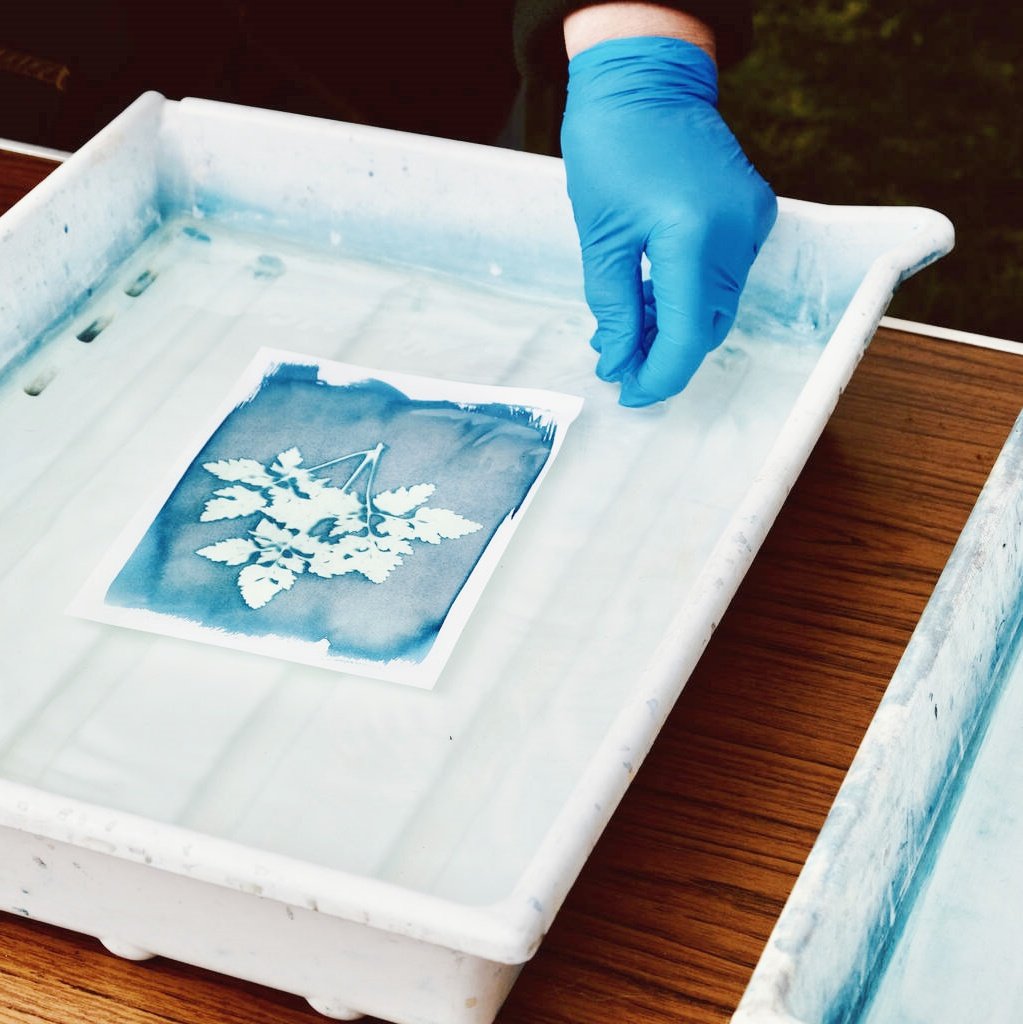In the screen printing industry, Plastisol Ink Screen Cleaner is a vital tool for ensuring print quality and extending screen life. However, improper storage can render this cleaner ineffective or even pose environmental and health hazards.
Understanding the Basic Characteristics of Plastisol Ink Screen Cleaner
Before diving into storage methods, it’s crucial to understand the basic characteristics of Plastisol Ink Screen Cleaner. This cleaner is designed to remove residues of Plastisol Ink from screens, maintaining screen cleanliness and print clarity. It may contain various chemical components like solvents, surfactants, and inhibitors, which function optimally under specific conditions.
Temperature and Humidity Control in Storage Environment
Ideal Range for Temperature and Humidity
To ensure the effectiveness of Plastisol Ink Screen Cleaner, the storage environment’s temperature and humidity must be controlled within certain ranges. Generally, the temperature should be maintained between 15°C and 25°C, with a relative humidity of 30% to 70%. Excessively high temperatures can cause the chemical components in the cleaner to decompose, while excessively low temperatures may cause it to solidify or crystallize. Similarly, high humidity can lead the cleaner to absorb moisture, reducing its cleaning capability.
Light Exposure and Storage in Darkness
The Impact of Light on Cleaner
Light exposure is also a significant factor affecting the storage effectiveness of Plastisol Ink Screen Cleaner. Prolonged exposure to direct sunlight can cause certain components in the cleaner to decompose or deteriorate, reducing its cleaning effectiveness. Therefore, it is recommended to store the cleaner in a cool, dark place, such as inside a cupboard or in a dark corner of a warehouse.
Containers and Sealability
Choosing the Right Container
When storing Plastisol Ink Screen Cleaner, selecting the right container is equally important. The container should have good sealability to prevent air, moisture, and impurities from entering. Additionally, the container should be made of corrosion-resistant materials to avoid chemical reactions with the cleaner. It is advisable to use the original container for storage, as it has usually undergone testing and certification to meet storage requirements.
Avoiding Mixture with Other Substances
Risks of Mixed Storage
Plastisol Ink Screen Cleaner should be stored separately to avoid mixing with other chemicals. Mixing can lead to chemical reactions, producing harmful gases or reducing the cleaner’s effectiveness. Especially, other materials related to Plastisol Ink, such as ink samples (plastisol ink samples) and ink scoops (plastisol ink scoop), should also be stored separately to avoid cross-contamination.
Regular Inspection and Replacement
Ensuring Cleaner Availability
Regularly inspecting the state of Plastisol Ink Screen Cleaner is key to ensuring its effectiveness. Inspection includes checking the cleaner’s appearance, odor, and cleaning effectiveness. If the cleaner appears cloudy, discolored, has an odor, or its cleaning effectiveness decreases, it should be immediately replaced with a new one. Furthermore, even if the cleaner is within its validity period, it should be replaced regularly to ensure it is always in optimal condition.
Handling Expired or Discarded Cleaner
Environmentally Friendly Disposal
When handling expired or discarded Plastisol Ink Screen Cleaner, relevant environmental regulations should be followed. First, carefully read the cleaner’s Safety Data Sheet (SDS) to understand its components and disposal methods. Then, pour the cleaner into designated waste containers and hand it over to professional waste disposal agencies for treatment. Never pour or burn the cleaner casually to avoid polluting the environment.
Integration with Screen Printing Processes
The Role of Cleaner in Screen Printing
Plastisol Ink Screen Cleaner plays a vital role in the screen printing process. During printing, ink may reside on the screen, causing a decline in print quality. Using the cleaner can easily remove these residues, restoring the screen’s cleanliness and smoothness. Additionally, regular screen cleaning can extend the screen’s lifespan, reducing the cost of replacing screens.
Practical Application Case Sharing
Practical Application of Storage Methods
Here is a practical application case on how to correctly store Plastisol Ink Screen Cleaner. A printing factory followed the above suggestions when storing the cleaner, placing it in a cool, dark, dry, and well-ventilated warehouse. They also regularly inspected the cleaner’s state and immediately replaced it when they found it deteriorated. These measures ensured the cleaner’s effectiveness, improved print quality, and reduced production costs.
Frequently Asked Questions
Resolving Doubts in Storage
When storing Plastisol Ink Screen Cleaner, users may encounter some common questions. For example, can the cleaner be stored frozen? Can it be mixed with cleaners from other brands? The answers to these questions are no. Freezing storage can cause the cleaner to solidify or crystallize, while mixing can lead to chemical reactions and reduced effectiveness. Therefore, when storing and using the cleaner, always follow the product instructions and the above suggestions.
In-Depth Discussion: Storage Strategies Under Specific Conditions
Storage in High Temperature and Humidity Environments
When storing Plastisol Ink Screen Cleaner in high temperature and humidity environments, additional measures are needed to ensure its effectiveness. For example, dehumidifiers or air conditioners can be used to reduce humidity and temperature. Additionally, the cleaner can be stored in sealed containers with desiccants placed inside to absorb excess moisture. These measures help keep the cleaner dry and stable.
Storage in Low Temperature Environments
When storing the cleaner in low temperature environments, appropriate measures should also be taken. Since low temperatures can cause the cleaner to solidify or crystallize, it is recommended to store it in a warm indoor environment. If it must be stored in a low temperature environment, use insulating materials to wrap the cleaner container to reduce heat loss. Meanwhile, regularly check the cleaner’s state to ensure it is in a usable condition.
Considerations for Long-Term Storage
If long-term storage of Plastisol Ink Screen Cleaner is required, it is recommended to store it in a cool, dry, and well-ventilated warehouse. Additionally, regularly inspect the cleaner’s state and replace it immediately if it deteriorates. To maintain the cleaner’s effectiveness, it is advisable to periodically open the container and stir the cleaner to prevent it from separating or precipitating.
Storage Safety and Health
When storing Plastisol Ink Screen Cleaner, safety and health considerations are also necessary. Since the cleaner may contain harmful chemical components, it should be stored in a place inaccessible to children. Additionally, wear appropriate protective equipment, such as gloves, masks, and goggles, to avoid direct contact with the cleaner or inhaling its vapors.
Coordinated Storage with Other Printing Materials
When storing Plastisol Ink Screen Cleaner, it is also necessary to consider coordinated storage with other printing materials. For example, ink samples plastisol ink samples and ink scoops plastisol ink scoop should be stored separately from the cleaner to avoid cross-contamination. Meanwhile, ensure the storage area is tidy and organized to quickly find the required materials.
Conclusion
In summary, proper storage of Plastisol Ink Screen Cleaner is essential to ensure its optimal effect. By controlling the temperature, humidity and light conditions of the storage environment, selecting appropriate containers and sealing methods, avoiding mixing with other substances, and regularly checking and replacing the cleaner, we can effectively maintain its cleaning ability and stability. At the same time, following environmental regulations and safe operating procedures is also key to ensuring a smooth storage process. By taking these measures, we can provide high-quality cleaner support for the screen printing process, thereby improving printing quality and production efficiency.


